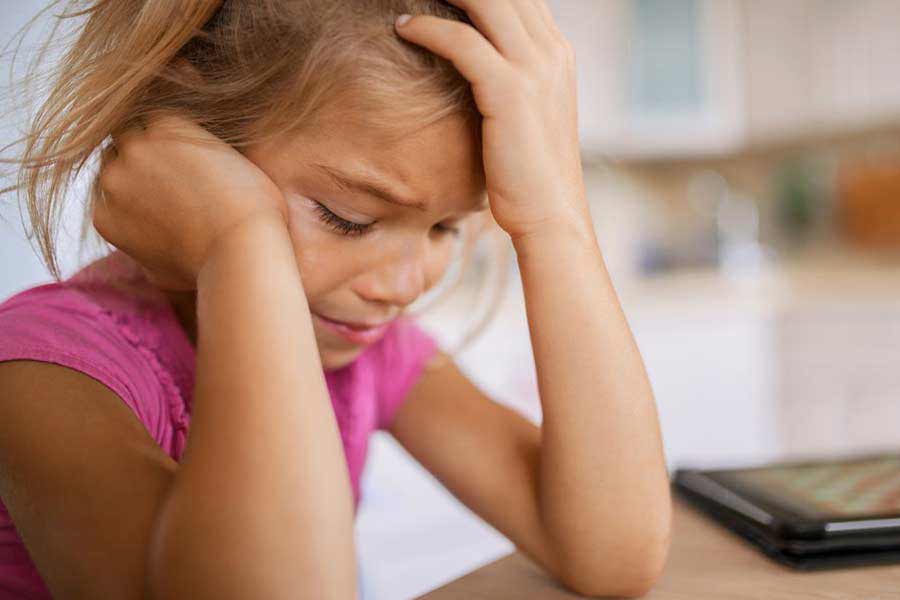It seems that terrifying events occur in the world daily. It’s nearly impossible to protect kids from knowledge about these events because of the speed at which news travels today. Hearing graphic details may traumatize a child, and actual involvement in the traumatic event can sabotage a child’s ability to cope with anxiety. After the trauma, even benign experiences may trigger massive amounts of anxiety or emotional paralysis in the child, preventing him or her from feeling comfortable in a world in which they used to thrive.
Knowing exactly what to do and say helps a parent assist their child to metabolize the unsettling and even terrifying material so the child can again maneuver comfortably in the world.
Discussing Traumatic Events
Remembering several guidelines helps a parent structure the talk.
First, the age of the child is important. Younger children are neither psychologically nor emotionally equipped to cope with sophisticated material that is graphic in nature. Allowing the child space to ask questions prevents the parent from inadvertently disclosing details of the event that may be detrimental. Typically, well-adjusted kids only ask the questions to which they are prepared to hear the answer. Thus, it is imperative to answer the child’s questions concisely and simply to avoid introducing new material that might trigger the child. Occasionally, a detailed explanation may help an older child, so following the child’s lead is essential.


